Independent Collectors
The Feuerle Collection
Désiré Feuerle has turned a site of isolation and paranoia into a place infused with humanity, lightness and sensuality

You could pass by the Feuerle collection without ever knowing it. The imposing concrete exterior of the building – an erstwhile Second World War communications bunker – is nestled in among the overgrown foliage along Hallesches Ufer in Berlin near the Spree’s meandering canal. Though it is an easy building to overlook, it is an unforgettable place to visit.
Désiré Feuerle, the name behind the collection, is an aficionado of East Asian art, and his passion extends to the region’s history and cultural practices. The collection that bears his name speaks both of an intellectual passion, but also a deeper, more spiritual sensibility.
In his approach to display, Feuerle is fond of juxtapositions and the contrast between the harsh functionality of the bunker and the delicacy of the works it houses could scarcely be starker. To call the concrete of which the bunker is composed ‘distressed’ would be like referring to Kanye West as ‘self-confident’, yet the refined workmanship the ancient Khmer figurines on display in the expansive main space of the Feuerle radiate a potent serenity and sense of balance that can make one almost feel weightless. The interplay of presence and absence is a powerful aspect of the Feuerle’s layout. There is a palpable sense of disorientation that sets in immediately upon entering the space as the door to the outside world closes and one is submerged in an encompassing darkness that resets the senses. When the first notes of a John Cage composition resonate through the space, the distance between the tones seems physical as well as temporal. The small, grey light at the end of the first chamber leads to the revelation of the main gallery space peopled with battered statuary and figures. To the right, a set of Qing Dynasty benches stretch out to the far end of the room. The benches and figures flank one of the greatest treasures in the Feuerle, a single seat believed to have been made in the 2nd Century BC. The seat is made for a single occupant and is engraved with symbolic images including a set of waves over which the sitter would be situated. It is believed that these waves denote a connection to deeper, universal forces that the person seated upon them may channel.
This sense of integration and interconnection is fitting in that Feuerle Collection itself is also something of an ecosystem. Just beside the main space, behind a layer of glass, is the “lake room” which houses a small body of water used to regulate temperature within the gallery and preserve the necessary balance of heat and humidity. Adjacent to the lake room is second unique space: an incense room complete with furniture designed by John Pawson, the British architect responsible for the renovation of the bunker itself. The furniture was created by applying the same techniques and formal relations traditional to those used in the production of the seats and tables found in historical Chinese incense ceremonies. Here, the capacity for an art space to be a site of meditation, stillness and sensory immersion truly reaches fruition. For all its concrete solidity and bleak antecedents, Feuerle and Pawson have succeeded in turning a site of isolation and paranoia into a place infused with humanity, lightness and sensuality.
William Kherbek is the writer of the novel Ecology of Secrets (2013, Arcadia Missa) and the forthcoming UltraLife (2016, Arcadia Missa). His art journalism has appeared in a number of publications in the UK, US, Germany, Switzerland and Romania.
The Feuerle Collection is featured in the BMW ART GUIDE by INDEPENDENT COLLECTORS.
For more information on The Feuerle Collection read this interview with Désiré Feuerle.
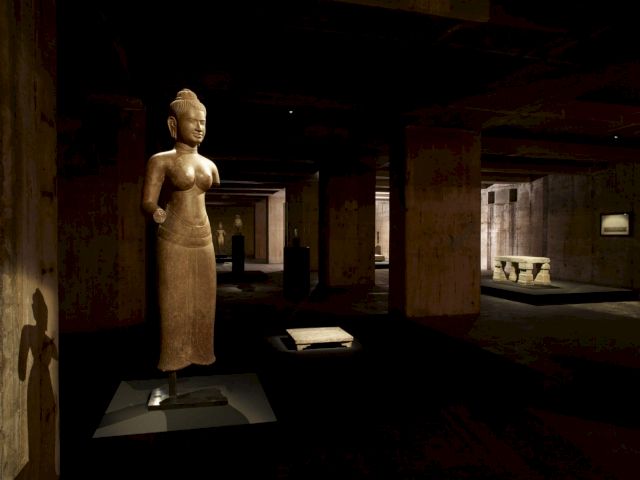
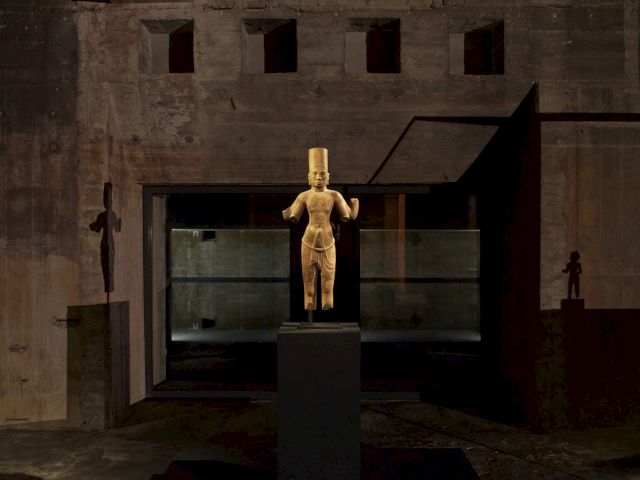

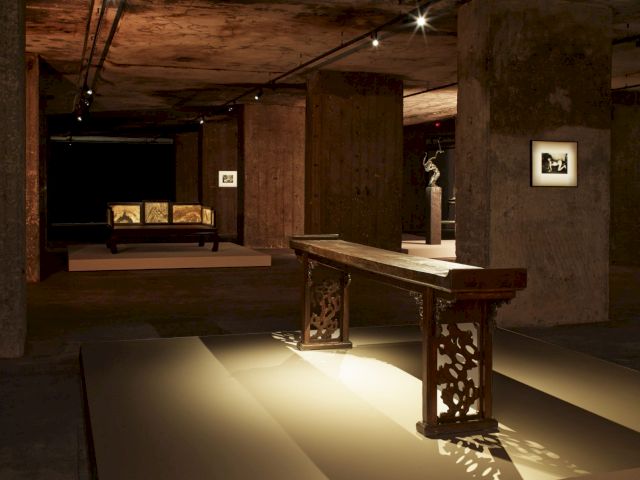
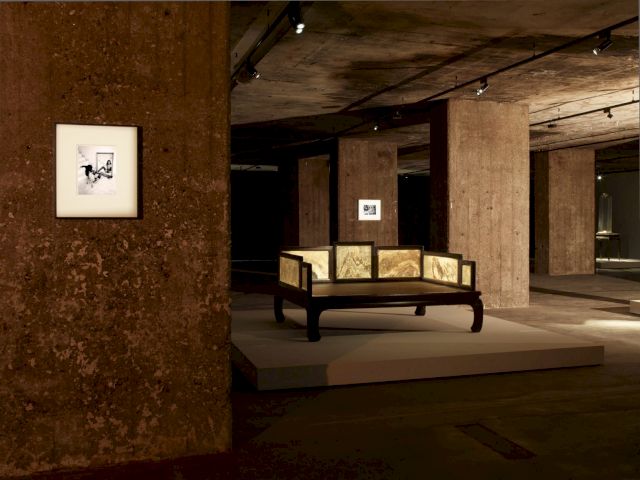
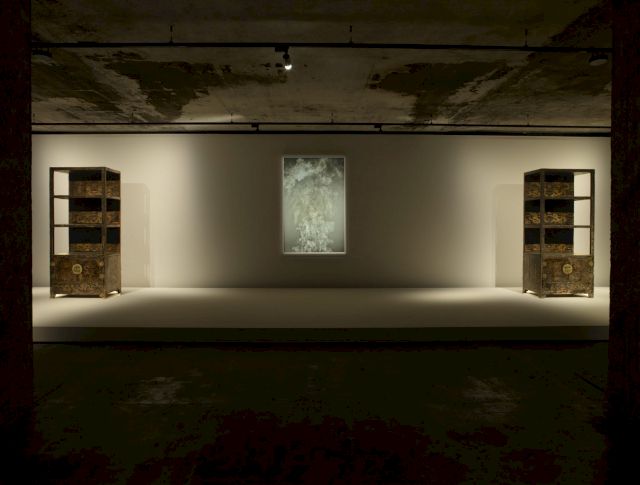
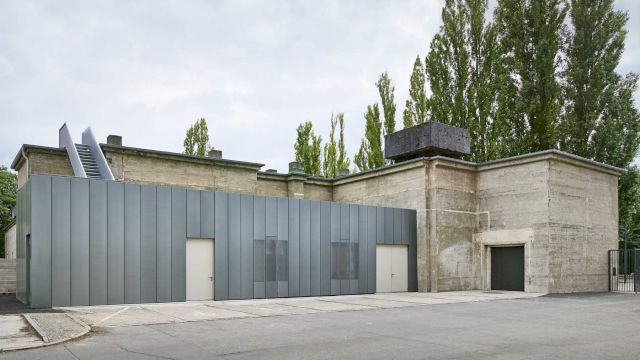
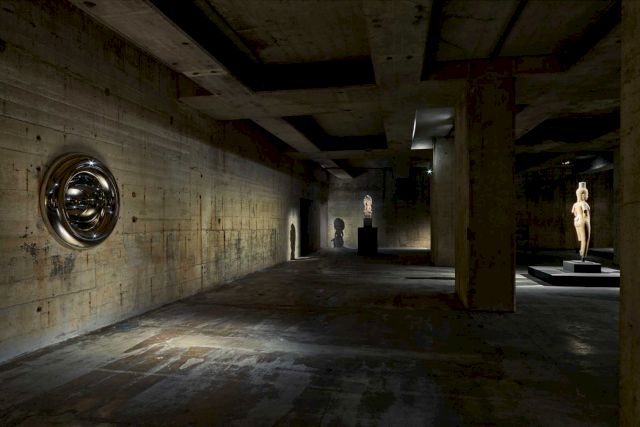
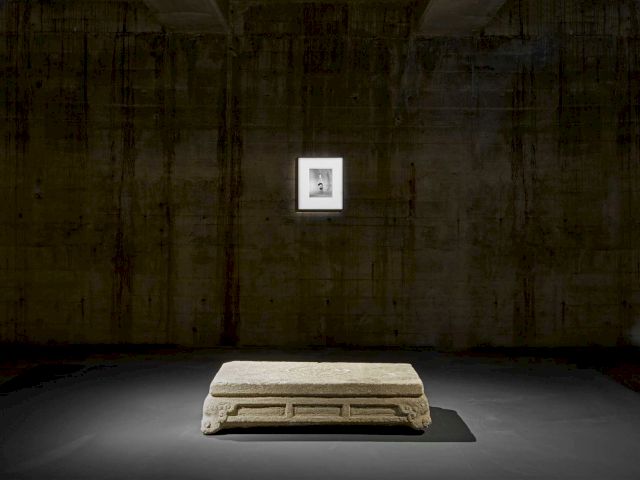
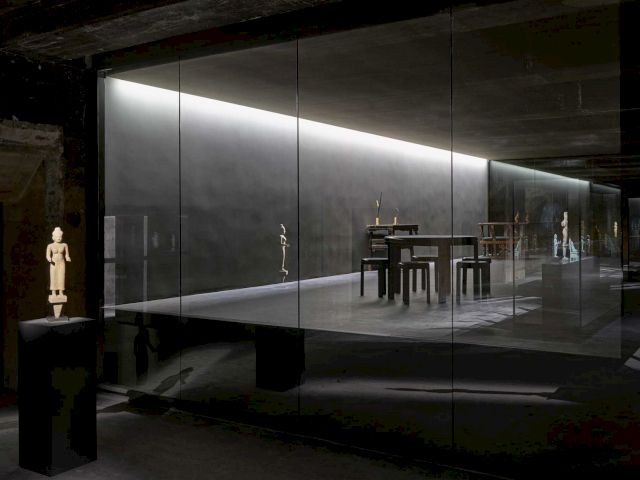
All images courtesy of The Feuerle Collection.